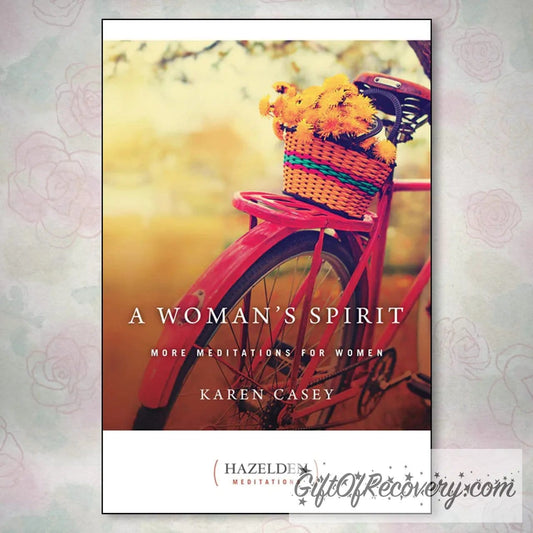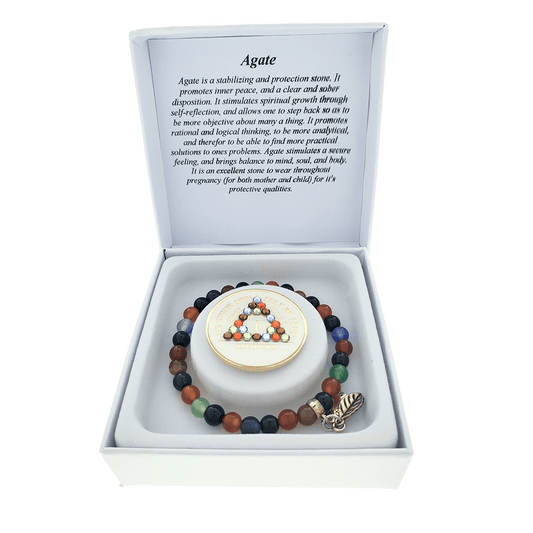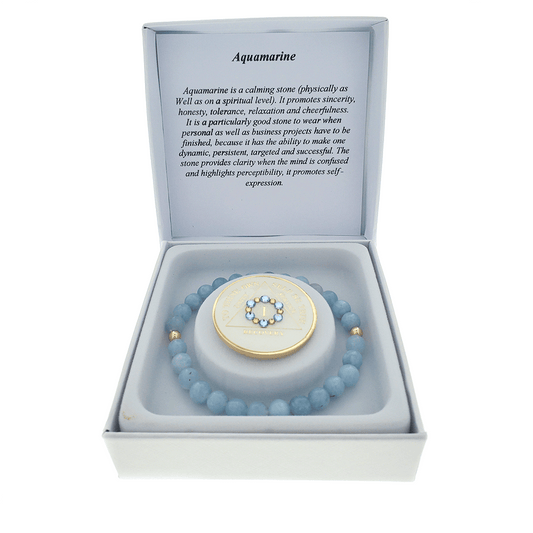
Women In Alcoholics Anonymous: Making A Difference That Mattered To Thousands
Share
In the late 1930’s and early 1940’s, the few women who joined AA must have wondered whether the fellowship of Alcoholics Anonymous would work for them because the large male majority and its codes of behavior prevailed. A seminal book, Women Pioneers of Alcoholics Anonymous, traces how women found the help they needed, adjusting and persevering in order to overcome both prejudice and the disease of alcoholism. “The first women who came to and through Alcoholics Anonymous…persevered. Their stories are inspiring heart-warming, and some tragic. Their messages have been a siren call for the countless women who have successfully encountered the challenges of finding, keeping, or guiding others to continued sobriety while trudging the road to happy destiny.” (Mid-Southern California Area 09 of Alcoholics Anonymous, 2018.) What women over the years have brought to AA is their own humble but distinct sense of spirituality, the gift of a rigorous and insightful self-analysis, and an action-oriented belief that helping others must be extended to include formal treatment facilities.
Sister Ignatia & The Origins Of Alcoholics Anonlymous
But first things first, as they say. Before the beginning, the ‘angel of AA’ Sister Ignatia worked tirelessly with Dr. Bob to arrange medical admissions for alcoholic men to check-in to St. Thomas Hospital in Akron, Ohio, for treatment starting in 1939. The prejudice against alcoholics in the 1930s was strong in the medical community, because alcoholics were infamous for their recidivism, for returning again and again to the bottle, regardless of known threats to health or their own promises. Sister Ignatia’s work was based on a fundamental respect for all men, and a gentleness and trust in God that somehow made her words stick. She made the men in the alcoholic ward accountable to her, a spiritual representative of a higher power, giving them a St. Thomas medallion which they promised to return to her before they take their next drink, and it worked! Accountability in combination with regular meetings was the beginning of what would become a world-wide fellowship of sober alcoholics. Thus, the possibility of long-term sobriety was born. Sister Ignatia’s pioneering work in gently healing alcoholics, approaching them with dignity and modesty, qualifies her as AA’s first woman guide, its spiritual angel.
Wynn Lewis & The Big Book Of AA
In spite of its anonymity, the fellowship grew and women joined in increasing numbers. Women who made a difference in the early days of AA found that, just like men, the program brought the promise of longer term and meaningful sobriety. Besides a humble spirituality and being accountable to others in the program, gaining self-knowledge through the steps of AA is particularly noted by women who are remaining sober. Wynn Lewis, who got sober in 1947 at the age of 33, is the author of one of the Big Book’s stories, “Freedom From Bondage.” In this story, she recounts with a good deal of insight what qualities in her personality led her to become alcoholic. In the 4th edition of the Big Book, this and other stories of the early pioneers are gathered together from the 3rd edition under, ‘They Lost Nearly All.” These alcoholics were what is called ‘low-bottom drunks’ whose stories reflect a time when few who suffered from the compulsively self-destructive disease of alcoholism realized that viable help was available. Wynn Lewis, as a woman in sobriety, openly reveals her female exploits with a gentle but ruthless honesty. Her story is noteworthy because she explores with a good deal of accuracy and insight exactly how her problems go deeper than drinking.
Apparently, I’d grown physically at the customary rate of speed, and I had acquired an average amount of intellectual training in the intervening years, but there had been no emotional maturity at all. I realize now that this phase of my development had been arrested by my obsession with self, and my egocentricity had reached such proportions that adjustment to anything outside my personal control was impossible for me. I was immersed in self-pity and resentment, and the only people who would support this attitude or who I felt understood me at all were the people I met in bars and the ones who drank as I did.
(“Freedom from Bondage” 4th edition Big Book, p.547)
Lewis’ simple but profound recognition that she had not ‘grown up’ emotionally, that she had been overly concerned with herself, and that her problems made it practically impossible for her to relate to others unless they drank like her are psychologically sophisticated revelations. This kind of insight is the beginning of a self-awareness that motivates change and growth. When Lewis’s story was published in 1955, at 8 years sober, she realized that she had changed dramatically in those years. The way she explores her past, analytically drawing out of it a compassionate new view of herself, is inspiring to others. Through working the steps, she had found a way to live without taking a drink, but more importantly, she had found a way to live without wanting to take a drink. Lewis’ self-revealing insights led her to a higher quality life than she dared dream possible. This kind of self-analysis, coupled with a willingness to admit her past foibles as a woman, leads to our feeling a compassion that is unlike that evoked by other stories in the earlier editions of the Big Book. Her publication in the Big Book, self-revealing and humble in the extreme, inspires many women to this day.
Betty Ford, The First Lady Of The US & Recovery
Another remarkable woman who made a difference that matters in her recovery is Betty Ford, who had the unique experience of having a Ford family intervention in 1974, during her tenure as First Lady of the United States! She once shared from the podium that her first reaction to the news that family members were deeply concerned about her drinking was, “Do you know WHO I AM?” The egocentricity of the alcoholic is joked about precisely because it characterizes the pre-sobriety phase of many an alcoholic, proud in the extreme but deeply, secretly ashamed of their behavior. In Betty Ford’s case, her initial anger gave way to a monitored detox and a stay in the Long Beach Naval Hospital for drug and alcohol recovery. This experience had a profound effect on her. She realized that it was time to change the public’s opinion of alcoholism and recovery from it. Betty Ford’s actions clarified that treatment centers could be a respected part of recovery, and that seeking help from alcoholism was an admirable act. As a public figure, she knew she was in a position to create this change in the public’s attitude, making a difference in the recovery community by starting a treatment center modeled on her own experience of what’s needed in early recovery. She developed an effective, well-run and professional treatment center that integrated the AA program into its medical treatment plan. Betty Ford’s vision thus added a new layer of recovery possibilities, enabling its patients to explore whether AA will work for them, while at the same time receiving the medical and psychological treatment needed to get a fresh start. Ford’s tireless work has made recovery and treatment facilities a respectable part of the landscape of recovery. She wrote a book about her own experience of treatment, received the Presidential Medal of Freedom and started what is perhaps one of the best known of treatment centers in American today, called the Betty Ford Treatment Center in Rancho Mirage, California.
Women In AA
Women in Alcoholics Anonymous have brought their own ways of seeing and getting sober to the recovery community. While recognizing that they share in common the dreaded and challenging disease of alcoholism, they have in many ways brought their own brands of gentle spirituality like Sister Ignatia, their own ways of working with each other with insight and self-knowledge like Wynn Lewis, and their own ways of bringing dignity and acceptance to seeking treatment in treatment centers, like Betty Ford. Women in AA today thrive and share with others how AA has helped them recover and how they can help others in their own individual and unique ways.
Sources:
“Freedom from Bondage,” Big Book of Alcoholics Anonymous, 4th Edition, New York: 2001. 544-552.
See, Carolyn. Dreaming. New York: Random House, 1995.
Women Pioneers of Alcoholics Anonymous. Mid-Southern California Area 09 Archives, Riverside, CA: 2018.








